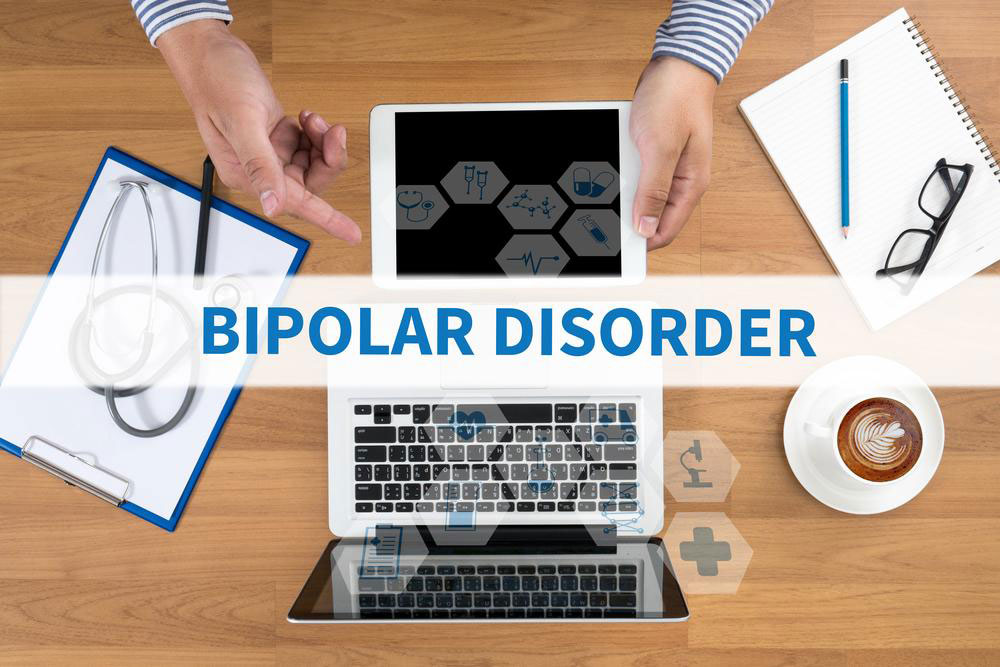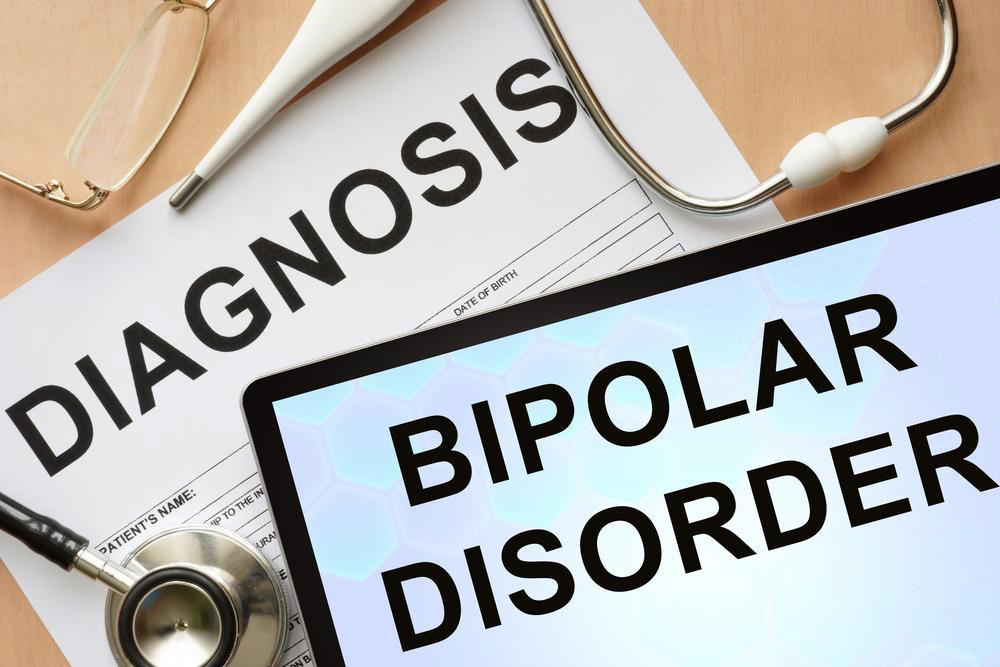Understanding Bipolar Disorder: Causes and Signs to Watch For
Learn about bipolar disorder, including its causes, symptoms, and management strategies. Recognize the signs early to seek effective treatment and support for mental health stabilization. Psychological therapies and medications like Lithium help control mood swings. Understanding the neurobiological and environmental factors can aid in recognizing this condition and improving quality of life.

Understanding Bipolar Disorder: Causes and Signs to Watch For
Bipolar disorder is a mental health condition characterized by extreme shifts in mood, energy, and activity levels. It involves episodes of elevated mood (mania or hypomania) and periods of depression. Individuals may experience bursts of high energy and happiness, followed by deep sadness and lethargy. Recognizing these symptoms early, with support from healthcare professionals and loved ones, can facilitate effective management. Major symptoms include dramatic mood swings, heightened anxiety, behavioral changes, and physical fatigue.
Bipolar disorder mood episodes are classified into two categories: manic and depressive. During mania, individuals may display irritability, agitation, and risky behavior, shifting to high energy levels. In depression, they often feel sad, hopeless, and physically drained, experiencing prolonged low moods.
What Causes Bipolar Disorder?
This disorder stems from neurobiological factors with no single definitive cause. Key factors influencing its development include:
Genetics: A family history of bipolar disorder greatly increases risk.
Neurochemical Imbalance: Abnormal functioning of brain neurotransmitters contributes to symptoms.
Stress: High stress levels from daily life or traumatic events can trigger episodes.
Gender Differences: Women are more susceptible due to hormonal fluctuations, leading to mood swings.
Signs and Symptoms of Bipolar Disorder
Patients experience cyclical mood changes paired with behavioral, physical, and emotional signs. Common indicators include:
Behavioral Changes: Rapid speech, risky activities, and sudden shifts in conversation topics.
Physical Symptoms: Increased energy, reduced sleep, and fatigue.
Emotional Indicators: Irritability, euphoria, or feelings of sadness.
Although a definitive cure remains elusive, psychological therapies are crucial for managing bipolar disorder. Medications like Lithium Carbonate are frequently prescribed to stabilize moods and reduce symptoms.
Note:
Our website offers diverse informational content for educational purposes. While our team strives for accuracy, readers should consult healthcare professionals for diagnosis and treatment. The content should not replace professional medical advice. The site does not guarantee comprehensiveness or accuracy of external data or offers.










